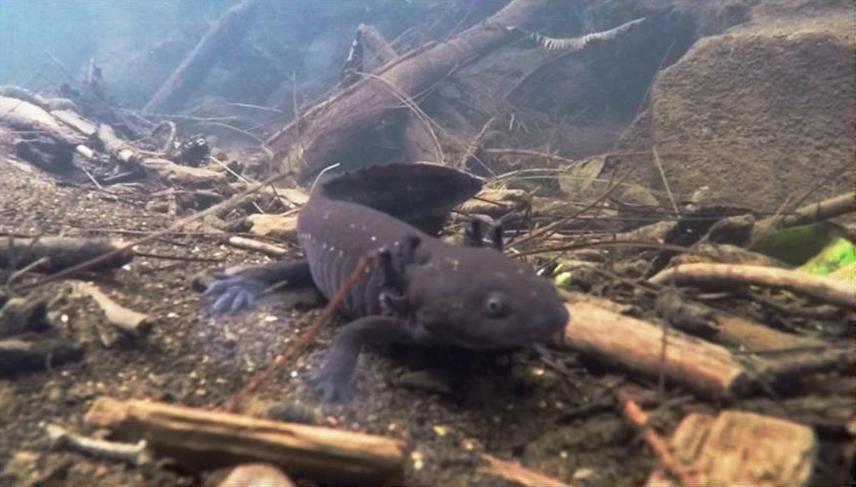Marco Tulio Oropeza Sánchez
The present study will be determining how riparian remnants under different environmental conditions contribute to the maintenance of amphibians in landscapes modified by anthropogenic activities. The objectives are to understand: (1) the amphibian richness patterns on riparian remnants at different altitudes; (2) species-specific amphibian responses to land-use change and local habitat quality, and (3) to determine the importance of riparian remnants for amphibian communities within landscapes encompassing different levels of urbanization. From a theoretical point of view, this study could be a starting point to understand the importance of the complementarity of aquatic and terrestrial habitats for the subsistence of different species of amphibians.
Furthermore, with this work I could differentiate precisely which landscapes and habitats characteristics are relevant to achieve the conservation of a greater number of amphibian species in a region, one aspect that is urgent for the Mexican herpetofauna.

The conservation of amphibians is important because they have cultural and ecological connotations, including the following: used as food and traditional medicine; serving as inspiration for stories and legends; biological control of arthropods (when adults) and/or aquatic vegetation (at the larval stage); role as a bridge of the flow of energy between aquatic and terrestrial habitats; they are the most threatened group of vertebrates. Therefore, it is important to consider amphibians and their sensitivity to land use change, simultaneously allowing their conservation without drastically affecting human productive activities. The study area is part of the Trans-Mexican Volcanic System located in the State of Michoacán. It is recognized as the most heterogeneous biogeographical province in the country, in terms of geology and biological history. In this region, I will evaluate amphibian richness and species-specific responses within habitat remnants along an altitudinal gradient. Furthermore, I would determine the importance of remnants of native vegetation within landscapes affected by different land-uses.
The study is at the landscape scale, and I would estimate how the proportion of different land-uses affects the amphibian community. I have already recorded the following land-uses in the study landscape: urban areas, livestock raising, crops, groves, pine forest and decidual forest. Furthermore, I would determine the importance of habitat characteristics at the local scale for amphibians, for this I will measure air temperature, humidity, canopy openness, water pH, and stream depth. Thereafter, I would relate the incidence of different amphibian species with habitat environmental traits by means of occupancy models. The obtained information could be useful for identifying amphibian priority conservation sites and to increase public awareness and knowledge on amphibians at local and regional scales. I would organize workshops in the human settlements close to the study sites to broadcast information about the natural history of the amphibian species in the region. In addition, I would organize workshops to raise awareness about the importance of amphibians in the ecosystem, the threats that afflict them as well as the actions that could be taken for their conservation.